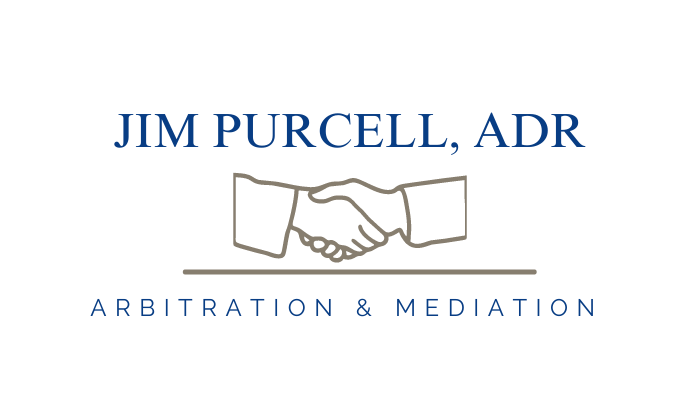 When seeking to resolve disputes without taking the ‘nuclear option’ of legal action, many organizations and groups seek one of two standard approaches to dispute resolution: Mediation, where both parties under the guidance of a trained mediator seek a good-faith negotiated solution, or arbitration, where both parties agree to bring their case to an agreed-upon neutral who renders a binding decision regarding the dispute.
When seeking to resolve disputes without taking the ‘nuclear option’ of legal action, many organizations and groups seek one of two standard approaches to dispute resolution: Mediation, where both parties under the guidance of a trained mediator seek a good-faith negotiated solution, or arbitration, where both parties agree to bring their case to an agreed-upon neutral who renders a binding decision regarding the dispute.
Both approaches have weaknesses: Mediation is a collaborative effort and thus inspires mutual solutions, but can also end with no agreement and offers no way forward in that circumstance. Arbitration is much more definitive as it is designed to offer a binding solution at the end of the process, but also represents a loss of control over the process and final solution. As a result of these concerns, a third option is rapidly gaining in popularity: Med-arb.
Med-Arb: The Best of Both Worlds
As the name suggests, Med-Arb is a hybrid of both approaches. In its outlines, it works like this: First, mediation is attempted, with a professional mediator guiding discussions. If a collaborative and mutually satisfactory solution can be found in the mediation process, the parties agree, the dispute is ended. If no solution can be found through mediation, the process then immediately moves on to arbitration. If the mediator from the first phase is trained as a Med-Arb arbitrator, they can, with everyone’s approval, step in immediately as arbitrator and render a decision. Otherwise, a separate arbitrator is brought in to hear both sides and render a decision.
It’s clear that this approach blends the best of both worlds: The opportunity for a collaborative solution exists. However, impasse is avoided by the automatic trigger of arbitration if mediation fails to coax out an agreement. Both parties retain control of their destiny up until the moment they acknowledge that this control is not yielding a solution.
Something To Think About Before You Choosing Med-Arb
While Med-Arb represents a combination of the strengths of both approaches, there are some possible disadvantages. Although hiring a trained Med-Arb professional to act as both mediator and arbitrator can save money and streamline the process, it may also inhibit parties in the mediation process as they know their statements can possibly influence the arbitrator’s decision if the process shifts their role. A solution to this concern is to have separate mediation and arbitration professionals involved, though this also increases the time and money the process involves.


The entire healthcare situation, while fluid, is predictable. Employers are cutting and running because it’s (supposedly) complex and costly. There are alternatives. On the ADR side, it’s all about outcomes and the clients…not us.
I simply want to say I am just newbie to blogs and absolutely savored this web site. Most likely I’m want to bookmark your website . You actually have terrific articles and reviews. Thanks a bunch for revealing your website.
I’m glad you like it. What would you like to hear about?
Jim